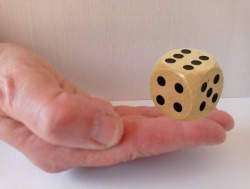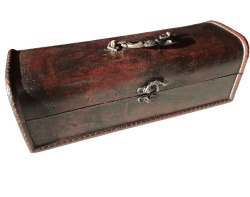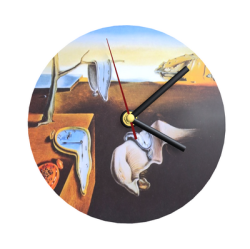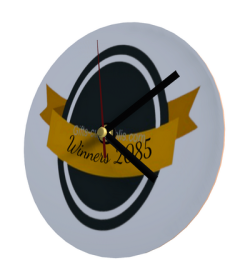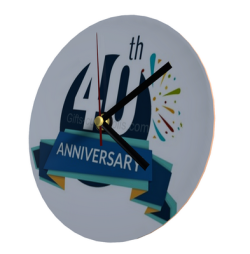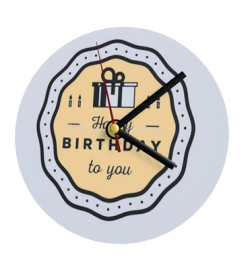Giant Wooden Dice Set
Dice are used in many games. The best known are played with 2 dice like Craps, with 3 dice like 421 or with 5 dice like Yahtzee or Yams. Reiner Knizia, a world-renowned German game designer, reports that he has found 150 different dice games, which he explains in his book Dice Games Properly. Dice were found in the Indus civilisation in 2400 BC. Dice identical to those we know today have been found, with 6 sides and 6 small holes. Generally cubic with 6 sides usually numbered from 1 to 6 and therefore the values of the opposite sides is equal to 7. Dice have also been used as objects of divination. The Greeks claimed to be the originators of dice. According to Sophocles, the dice were invented by Palamedes, a Greek hero in Troy during the siege. Archaeologists have found dice in Troy. Ancient Greek vases also show Trojan war heroes playing dice. However, the dice we offer are larger than usual. These giant dice will please many players, both young and old. These dice are therefore perfect as birthday presents or as gifts for a party with friends. An original wooden game gift, to learn many dice games and have hours of fun.





































